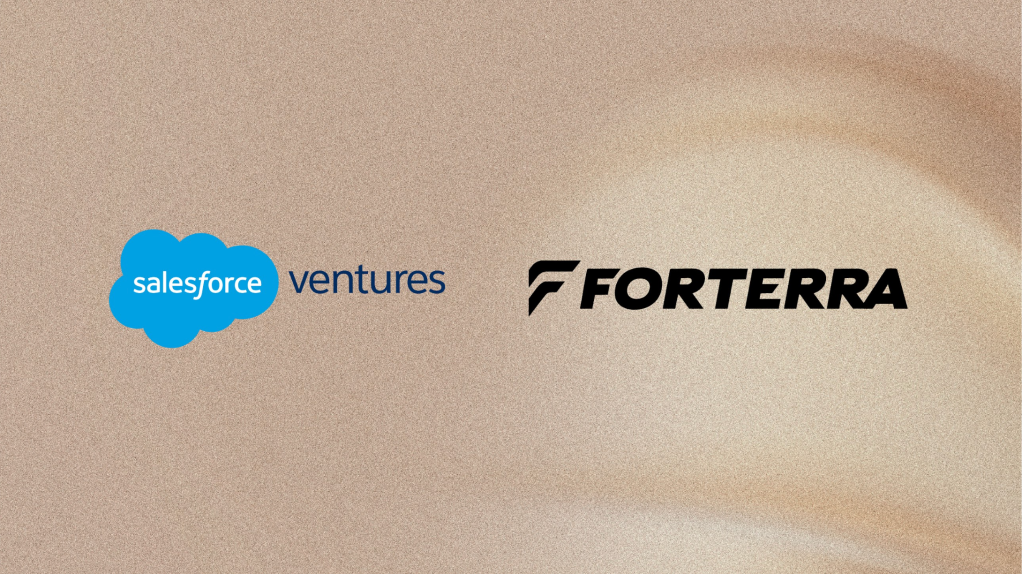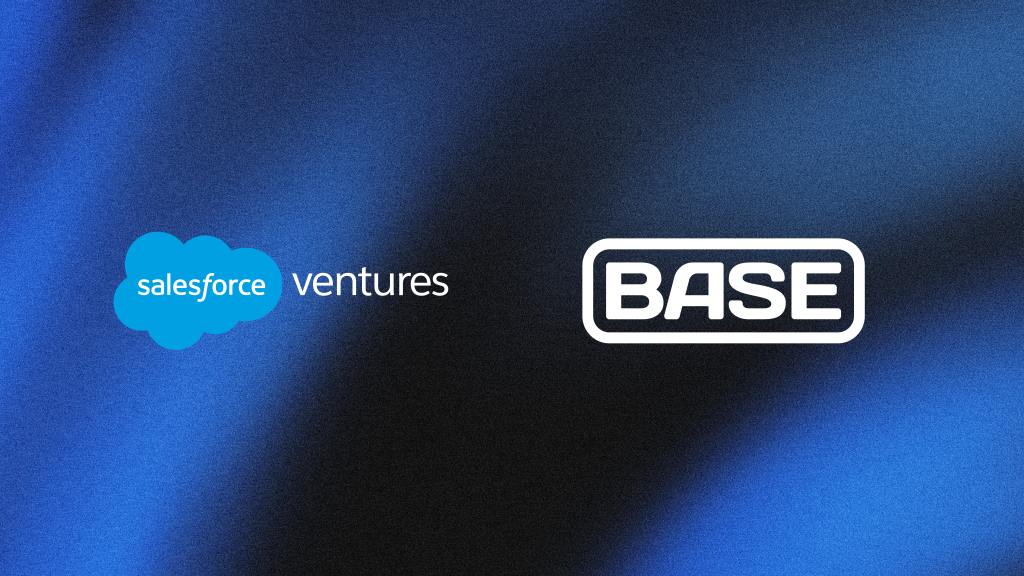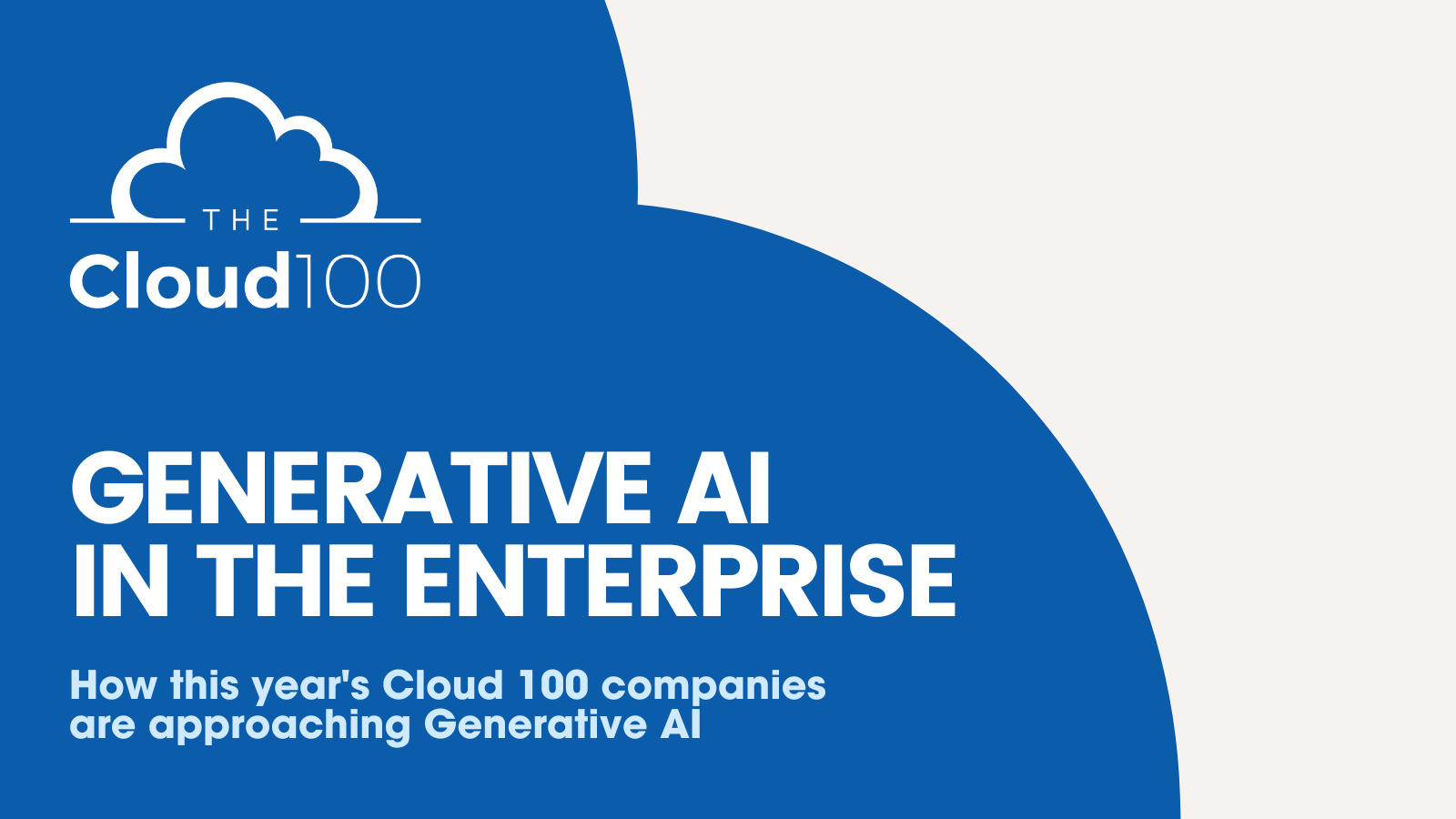


SRE.ai CEO Rajsekhar Kadiyala on Bringing AI to DevOps & Why “Move Fast & Break Things” Doesn’t Work
“Trust and reliability matter more than speed at any cost.”

How this year’s Cloud 100 companies are approaching Generative AI
Globally, we are experiencing a profound technological shift — the rise of real-time data insights and generative artificial intelligence are shaping how we live, work, and interact. This is a seminal moment for AI.
The 2023 Cloud 100 list, produced in partnership with Forbes and Bessemer Venture Partners, recognizes standouts in tech’s hottest category from small startups to private-equity-backed giants, and this year it’s hard to ignore that AI is changing the way all companies think about their businesses.
The release of ChatGPT in the fall inspired the world to notice AI-powered functionality that had been building in the background among the research community for years. Almost immediately, consumers and knowledge workers began imagining a more creative and efficient future, and enterprises quickly felt the pressure to incorporate AI into their products and internal operations.
Then came the questions of where to start, how to build for the long run, and how to preserve trust and safety along the way. With a rapidly evolving market landscape, advancements in research and tooling launching nearly weekly, and differing opinions on the quality and performance of models, we’ve seen enterprises take a variety of approaches and this year’s Cloud 100 List is a perfect example of how cloud companies are approaching this new shift in AI:
The rise of the cloud and modern data stack has provided enterprises with a valuable and accessible asset — their data. As it relates to Generative AI, enterprises have to balance leveraging this data to tailor models to their specific needs and use cases, while also protecting it. There are a few paths an enterprise can take. Let’s look at some pros and cons for each:
These models are often API-first and relatively easy to adopt, even for enterprises without dedicated machine learning functions. However, frontier models often lack visibility into underlying weights and pre-training data and require fine-tuning to serve more specific use cases.
Open models provide the benefit of being hosted locally on a company’s infrastructure. This approach requires more know-how of in-house infrastructure and ML expertise and still faces long-term memory limitations. However, the visibility into pre-training data and weights and the ability to train models for specific tasks are attractive enough for many enterprises to adopt.
The speed of innovation across the Generative AI landscape has been extraordinary in recent periods, with new open-source models launching weekly on Hugging Face, number 98 on Cloud 100 list. Moreover, Llama-2 was introduced last month on July 18th, which has the promise to change the open-source landscape for enterprises. By this time next year, we expect many of the Cloud 100 companies to have adopted open models as part of a multi-model approach.
Building a model internally allows companies full control over the pre-training data, parameters, and fine-tuning. However, this option can be expensive and challenging to maintain performance parity with publicly available models and requires in-house technical resources, expertise, and maintenance.
Cloud 100 veteran Databricks, which is number 2 on this year’s list, is betting that their data-science users prefer to build and finetune their own models, e.g., Dolly. Recently, they announced new Lakehouse AI innovations that allow customers to easily and efficiently develop Generative AI applications.
There is a cohort of emerging companies that leverage one of these model strategies, but go on to fine-tune for a specific use case, which can be attractive to businesses who may have less access to specialized training data or technical talent. Drawbacks of this approach may be implementation, limitations to company-specific customization, and potential loss of first-party data and feedback collection.
Cloud 100 Rising Star, Hearth, trains LLMs specifically on relationship workflows and network interactions to provide agentic relationship management. The result is an automatically updated and enriched view of one’s network that is proactive and actionable.
Cloud 100 Rising Star, Harvey, trains LLMs on legal information across every practice area, jurisdiction, and legal system to provide law firms and corporate legal teams with an AI assistant to tackle the most complex legal challenges like due diligence, legal research, and more.
Many existing platforms have been quick to mobilize one of the aforementioned strategies in some form, and have done so at an impressive pace. The result has been some very neat features that have entered the market, most of which cover creative or predictable use cases that don’t require precision. As things stabilize, and we move into more nuanced, long-term products and tooling that depend on accuracy, how do enterprises build something sustainable? Here are a few key considerations:
AI gets a lot of things right but is still evolving technology and is not without risk. As businesses race to bring this technology to market, it is critical that they do so ethically and intentionally. It’s not enough to deliver the technological capabilities of Generative AI. Companies must prioritize responsible innovation to help guide how this transformative technology can and should be used.
Depending on an enterprise’s model strategy, they will have varying degrees of visibility and control into the underlying model but can apply additional controls to their own data & downstream, such as:
This is undoubtedly a formative moment for enterprise software. Generative AI is revolutionizing the way consumers and enterprises interact with the world around them, and at an unprecedented clip. We are thrilled to see the Cloud 100 drive innovation in Generative AI across the model, infrastructure, and application landscape.
To explore this year’s Cloud 100 list, go here.